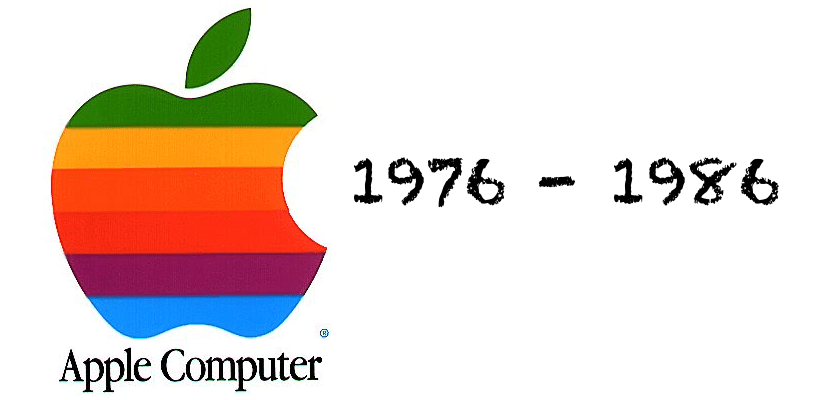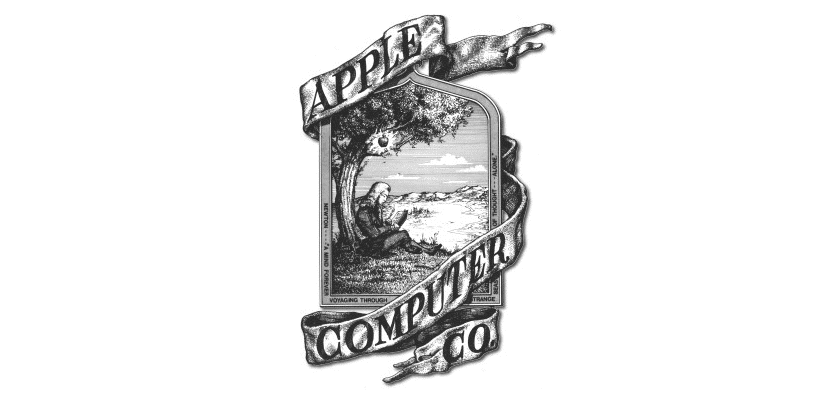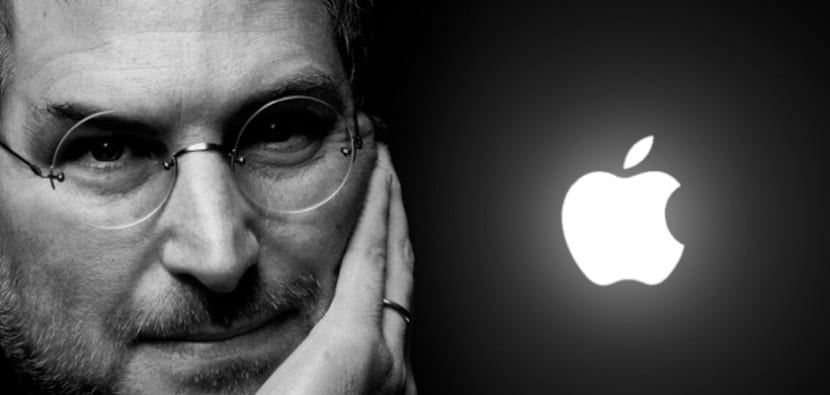
Today is April 1, which means it's Apple's anniversary. However, this anniversary is somewhat special because nothing more and nothing less than forty years have passed since two young people and an investor founded Apple Inc. Therefore, we wanted to dedicate a small series of articles to what is today the most valuable company in the world, remembering its best and worst moments over ten years. Stay with us and discover with each of the articles the history behind the company that created the device that gives our website its name. Apple's story told in detail.
April 1, 1976, the beginning of an era

Steve Jobs and Steve Wozniaks knew each other slightly, making their first steps with the little boxes that allowed to hack the telephone system and therefore make international calls totally free. This is how Steve Jobs, aided by Steve Wozniak, called the Pope in the Vatican. However, even though Wozniak never liked the idea of making money from electronics (he worked for HP at the time), Steve Jobs put it all together, and even looked for an investor to finance his dream, the idea. of bringing a personal computer to every home, that's how Ronald Wayne got involved with Apple.
Ronald Wayne's stay at Apple was short-lived, despite the fact that he drew up the Apple I user manual and illustrated the first logo of the company (which is not the one that many know), uncertainty could, he did not want to lose money under no case, so he sold his shares for $ 800 just a few weeks later. A fact that you will always regret, because today they would have a value close to 6.000 million dollars.
Thus, Steve Wozniak, the only one of the two Stevens with sufficient knowledge to develop the prototype, with the help of Steve Jobs built the first Apple I, a device presented at the Homebrew Computer Club and that after the insistence of Steve Jobs it began to be sold for $ 666,66 after the production of 200 units in the famous Jobs family garage. The computer was extremely simple, it was not very powerful, but it was a small and functional computer that would allow any user to have one at home, and that is what stood out.
The arrival of Mike Markkula that led to the Apple II

It was in 1976 when Apple grew explosively, a millionaire looking for venture investments found Steve Jobs and after a meeting in the Jobs family room he ended up contributing nothing more and nothing less than 250.000 dollars of the time to Apple's capital stock, formally founded the company Apple Inc on April 1, 1976.
Sales of the Apple I's enabled Wozniak to create the computer that he could have built with much less restrictive financial constraints. Thus, the Apple II was born, presented in April 1977, it became the standard of what a personal computer should be, it coined a concept of a tool that until then was limited to companies, and that many saw practical uses at home. . It was with the need to create a more striking corporate image when Apple decided to change its logo to the current one, a bitten apple, with the same meaning but a much fresher image.
Later, in 1979 Apple would slightly update the hardware of the Apple II, with an expandable memory and BASIC programming. Everybody wanted an Apple II at home, it was the most useful home management tool of the day, priced within limits. But not only that, the home hackers also loved the Apple II, they found infinite utilities for their home hardware and software, all this led to the Apple II being a success, in fact, it was the device that allowed them to keep float the company in difficult times.
The Apple III failure and the Lisa debacle

Steve Jobs did not stop, he was already developing the successor to his successful Apple II, and the Apple III arrived in May 1980, a fanless model that was a dismal failure, with poor sales due to poor construction. In fact, Apple renewed the model in 1983 solving these problems, but consumers were not receptive to the bad reputation of the previous model.
Thus, Apple decided to continue manufacturing despite all the Apple II, the main pillar of its economic support, while financing the Lisa and Macintosh projects. Both teams were viciously rivaled because of Steve JobsAs Apple's management team viewed the Lisa project as unfeasible for many reasons, which led Jobs to include pirate flags throughout his office. Due to Jobs' extravagance, production was increasingly delayed, while in other Apple offices the first Macintosh progressed. So, in 1983 Lisa arrived, the personal computer named after Steve Jobs' daughter, with an illogical price of $ 10.000. His failure led to the resignation of Mike Markkula, which led to Jobs offering the presidency of Apple to the current vice president of Pepsi, the way in which Jobs convinced John Scully was curious:
Would you rather spend the rest of your life selling sugar water or have the opportunity to change the world?
The arrival of the Macintosh that wanted to change the world
On January 24, 1984 Apple introduced the first Macintosh. With the famous television commercial that many of you know, during the Prime Time of the Super Bowl, directed by Ridley Scott. However, although it was initially well received, the Macintosh began to fall in sales, its price of $ 2.495 accompanied by the fact that it only had 128KB of RAM and the few input ports made it very unpopular.
Everything started to go wrong at Apple, They did not stop the attempts to launch accessories for the Macintosh that were not sold while the sales of the Apple II (economic pillar of the company) also began to be residual. After the power struggle in 1985 between Steve Jobs and John Sculley, on April 10, 1985, the Apple Board of Directors decided to withdraw all his managerial functions from Steve Jobs. This hard blow led to the voluntary departure of Jobs from the company to found NeXT.
Don't miss the next installment of this Apple story told in ten-year installments at 13.00:XNUMX p.m. Don't miss out on how the most important company in the world grew, suffered, collapsed and was reborn.